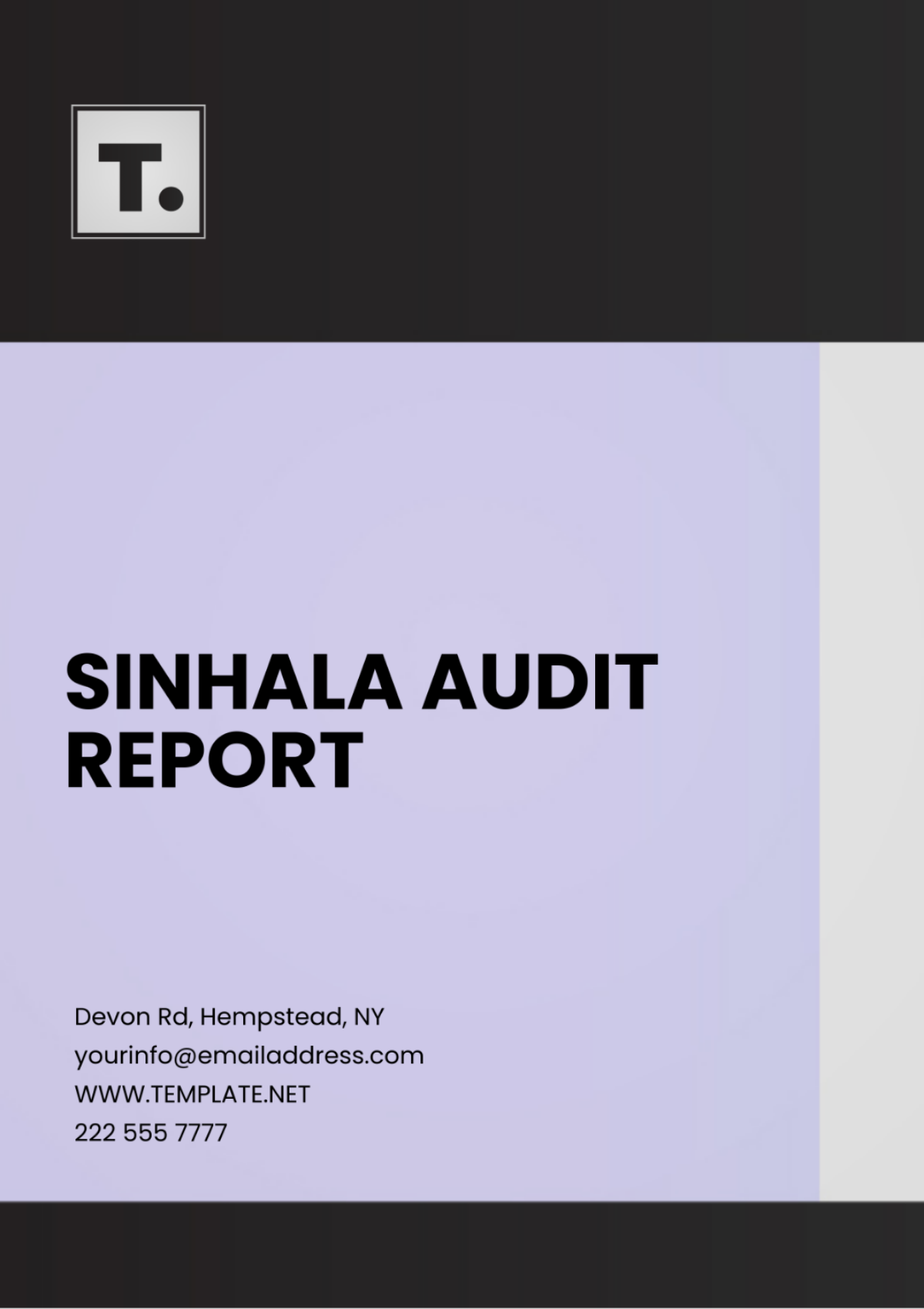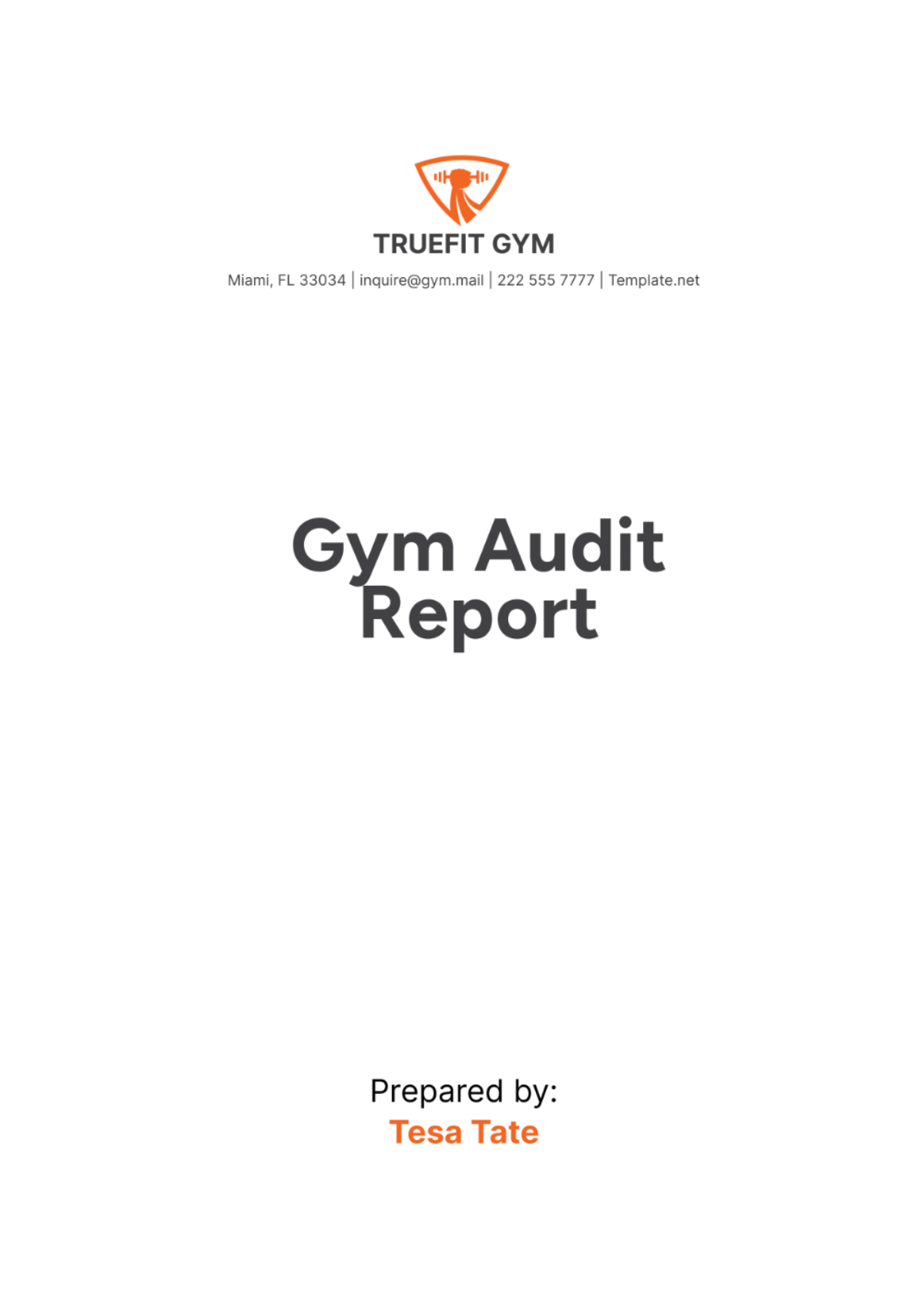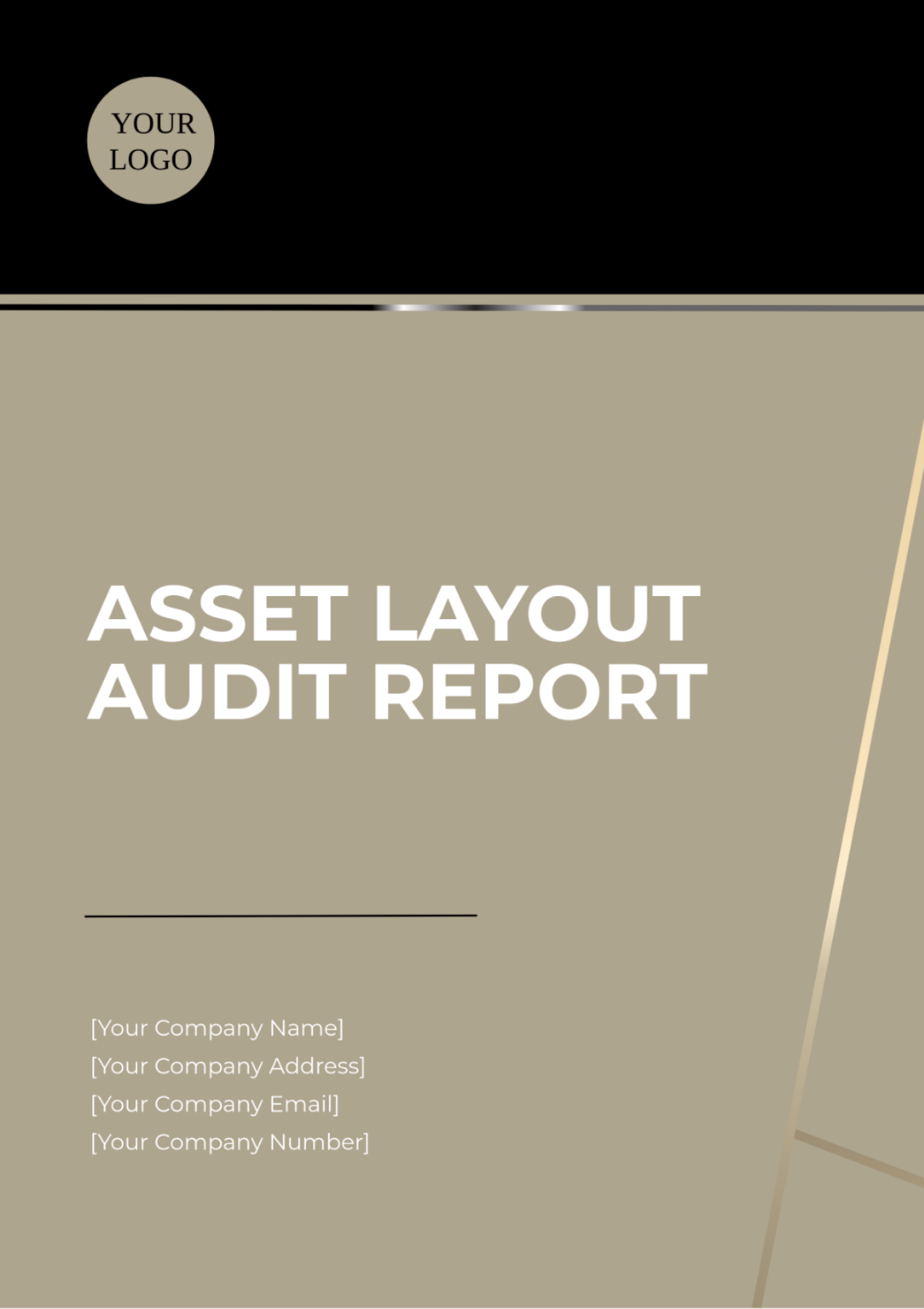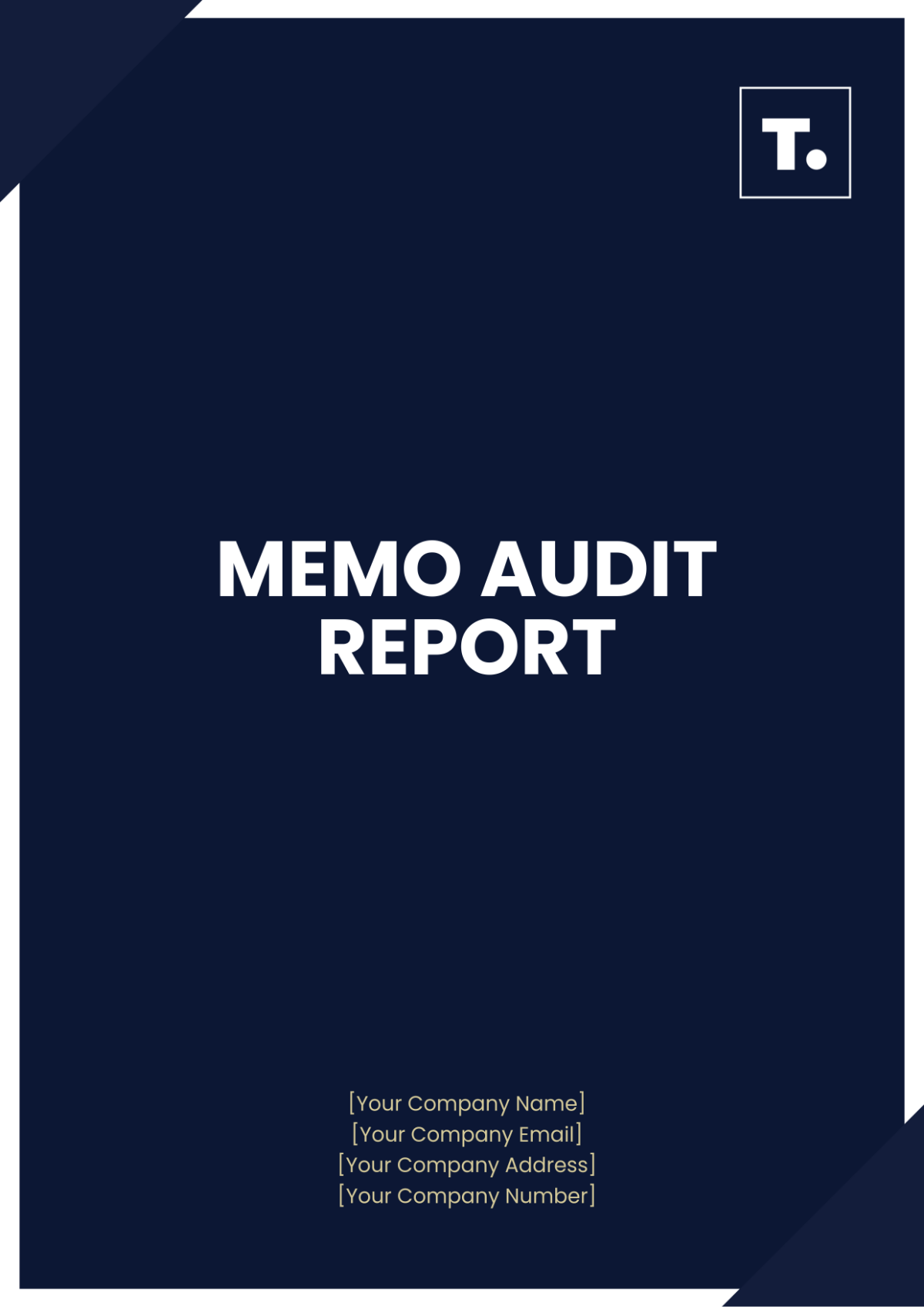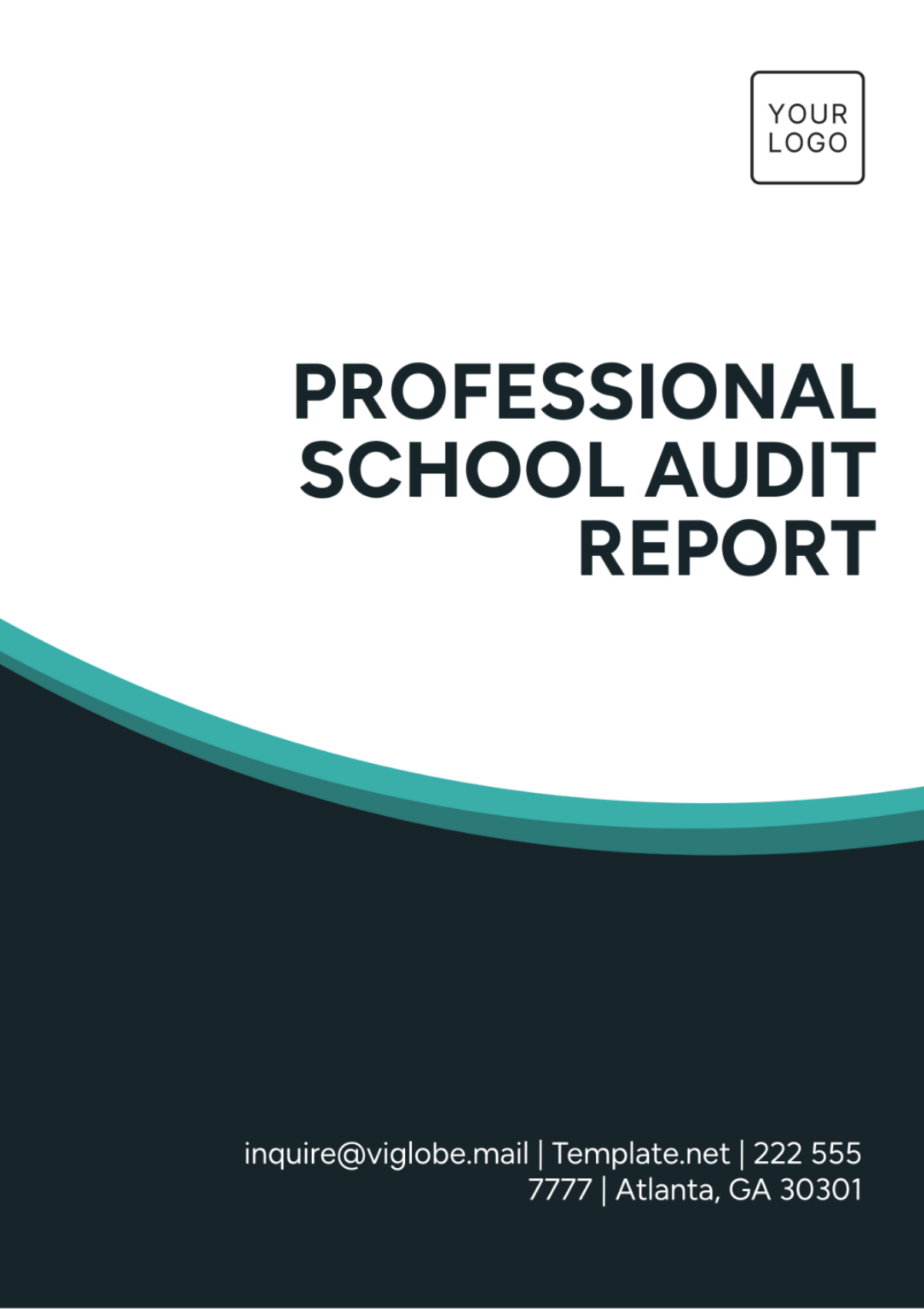I. Introduction
A. Purpose of the Report
The primary objective of this Architecture Audit Report is to conduct a thorough examination of [Your Company Name]'s architectural framework to evaluate its effectiveness in supporting business goals and objectives.
By scrutinizing the architecture, this report aims to uncover areas of improvement, identify potential risks, and provide actionable recommendations to enhance [Your Company Name]'s technological infrastructure.
Ultimately, the report serves as a guide for decision-makers, architects, and stakeholders to align architectural strategies with organizational priorities and industry best practices.
B. Scope of the Audit
The scope of this audit extends beyond a mere assessment of technical components; it delves into the alignment between technology and business processes, organizational culture, and strategic direction.
In addition to evaluating the current state of the architecture, the audit will explore future scalability, adaptability to emerging technologies, and readiness for disruptive market trends.
Furthermore, the audit will consider the human aspect of architecture, including organizational readiness, skill gaps, and change management requirements necessary to implement architectural improvements effectively.
II. Methodology
A. Data Collection
Data collection methodologies will encompass a multi-faceted approach, including interviews, surveys, documentation reviews, and technical assessments.
Interviews with key stakeholders from various departments and levels of the organization will provide insights into business requirements, pain points, and expectations from the architecture.
Documentation reviews will include architectural diagrams, system specifications, project charters, incident reports, and any other relevant artifacts that shed light on the architectural landscape.
Technical assessments will leverage automated tools, manual inspections, and performance testing to evaluate the health, performance, and security posture of the architecture.
B. Analysis Approach
The analysis will adopt a systematic approach, breaking down the architecture into its constituent parts and evaluating each component against predefined criteria and benchmarks.
Key architectural attributes such as scalability, reliability, security, maintainability, and cost-effectiveness will be assessed to determine the overall robustness and fitness-for-purpose of the architecture.
The analysis will not only focus on the technical aspects but also consider organizational dynamics, cultural factors, and external market forces that influence architectural decisions.
Findings from the analysis will be synthesized into actionable insights and recommendations, prioritized based on their impact, feasibility, and alignment with [Your Company Name]'s strategic objectives.
III. Current Architecture Overview
A. Software Architecture
[Your Company Name]'s software architecture is a dynamic ecosystem characterized by its microservices-oriented design, which promotes agility, scalability, and resilience.
The microservices architecture enables [Your Company Name] to decompose complex applications into smaller, loosely coupled services, facilitating independent development, deployment, and scaling.
Service boundaries are well-defined, often based on business domains or functional areas, allowing teams to focus on specific responsibilities and iterate rapidly without impacting other services.
The architecture embraces principles of service-oriented architecture (SOA) and domain-driven design (DDD), fostering modularity, reusability, and interoperability across different services.
Communication between services typically occurs through lightweight protocols such as HTTP/REST or messaging queues, ensuring decoupling and fault tolerance.
[Your Company Name] leverages containerization technologies like Docker to package and deploy microservices consistently across different environments, promoting portability and consistency.
Orchestration platforms such as Kubernetes provide automation and management capabilities for containerized workloads, facilitating deployment, scaling, and lifecycle management of microservices.
DevOps practices are integral to the software architecture, enabling continuous integration, continuous delivery (CI/CD), and automated testing to accelerate time-to-market and improve software quality.
B. Hardware and Infrastructure
[Your Company Name]'s hardware and infrastructure encompass a hybrid model, combining on-premises resources with cloud-based services to achieve flexibility, scalability, and cost-efficiency.
On-premises infrastructure includes physical servers, storage arrays, and networking equipment hosted in company-owned data centers or colocation facilities, providing control and customization options for specific workloads.
Cloud infrastructure, hosted on platforms such as [Cloud Provider], offers scalability, elasticity, and on-demand resource provisioning, enabling [Your Company Name] to adapt quickly to changing business demands.
The network architecture is designed for high availability and performance, leveraging redundant switches, routers, and load balancers to ensure seamless connectivity and fault tolerance.
Storage solutions span a range of technologies, including network-attached storage (NAS), storage area networks (SAN), and object storage, tailored to meet diverse requirements for performance, capacity, and durability.
Virtualization technologies such as VMware and Hyper-V are utilized to optimize resource utilization, consolidate workloads, and enable disaster recovery and business continuity.
C. Security Architecture
Security is a top priority in [Your Company Name]'s architecture, with a multi-layered approach to protect against internal and external threats.
Perimeter security measures include firewalls, intrusion detection/prevention systems (IDPS), and distributed denial-of-service (DDoS) protection to safeguard against unauthorized access and malicious attacks.
Identity and access management (IAM) mechanisms enforce least privilege principles, ensuring that only authorized users and services have access to sensitive resources.
Encryption is employed at rest and in transit to protect data confidentiality and integrity, with strong cryptographic algorithms and key management practices in place.
Security monitoring and logging mechanisms provide visibility into system activities, enabling timely detection, investigation, and response to security incidents.
Compliance with industry regulations and standards such as GDPR, PCI DSS, and ISO 27001 is ensured through regular audits, risk assessments, and security controls.
IV. Findings and Recommendations
A. Strengths
[Your Company Name]'s architecture demonstrates robustness and flexibility, enabling rapid innovation and adaptation to changing business requirements.
The use of microservices and containerization promotes scalability, fault isolation, and resource efficiency, allowing [Your Company Name] to scale services independently and optimize resource utilization.
Security measures are comprehensive, encompassing multiple layers of defense, encryption, and monitoring to protect against a wide range of threats and vulnerabilities.
The hybrid infrastructure model provides [Your Company Name] with the agility to leverage both on-premises and cloud resources, optimizing costs and performance based on workload requirements.
B. Weaknesses
Despite the benefits of microservices, managing the complexity of a distributed architecture introduces challenges in areas such as service discovery, monitoring, and debugging.
Legacy systems and technical debt may hinder agility and innovation, requiring investment in refactoring efforts and modernization initiatives.
Security vulnerabilities such as misconfigurations, unpatched software, and inadequate access controls pose risks to data confidentiality, integrity, and availability.
The hybrid infrastructure model introduces complexity in network management, data synchronization, and workload orchestration, requiring careful planning and governance.
C. Recommendations
Invest in tools and platforms for managing microservices, including service mesh technologies, centralized logging, and distributed tracing, to improve observability and troubleshooting.
Prioritize refactoring initiatives to modernize legacy systems, adopting cloud-native architectures, serverless computing, and infrastructure-as-code (IaC) practices to enhance agility and scalability.
Strengthen security posture through regular vulnerability assessments, penetration testing, and security awareness training for employees, emphasizing the importance of secure coding and configuration practices.
Streamline hybrid infrastructure management through automation, policy-driven controls, and centralized orchestration tools, ensuring consistency, compliance, and cost optimization across on-premises and cloud environments.
V. Conclusion
A. Summary of Key Findings
The Architecture Audit Report has provided valuable insights into the strengths and weaknesses of [Your Company Name]'s architectural framework, highlighting opportunities for optimization and innovation.
Key findings include the robustness of the microservices architecture, the flexibility of the hybrid infrastructure model, and the comprehensive security measures in place.
However, challenges such as managing complexity, addressing technical debt, and mitigating security risks require focused attention and strategic interventions.
B. Implications and Impact
Addressing the identified weaknesses and implementing the recommended improvements will have far-reaching implications for [Your Company Name]'s business operations, competitiveness, and customer satisfaction.
Improving agility, scalability, and resilience will enable [Your Company Name] to respond more effectively to market changes, customer demands, and technological advancements.
Enhancing security posture and regulatory compliance will mitigate risks of data breaches, reputational damage, and financial penalties, safeguarding [Your Company Name]'s reputation and trustworthiness.
C. Next Steps
[Your Company Name] will develop a detailed action plan based on the findings and recommendations outlined in the Architecture Audit Report, prioritizing initiatives according to their strategic significance, resource requirements, and feasibility.
Cross-functional collaboration and communication will be essential to ensure alignment, accountability, and shared ownership of architectural improvements.
Ongoing monitoring, measurement, and refinement of architectural strategies will be critical to sustaining momentum and continuously adapting to evolving business needs and technological landscapes.
VI. Contact Information
For further inquiries or assistance regarding this Architecture Audit Report, please contact:
[Your Name]
[Your Position]
[Your Company Email]
[Your Company Number]
Alternatively, you can visit [Your Company Website] or connect with us on [Your Company Social Media] for updates, resources, and insights on architectural best practices and technology trends.







